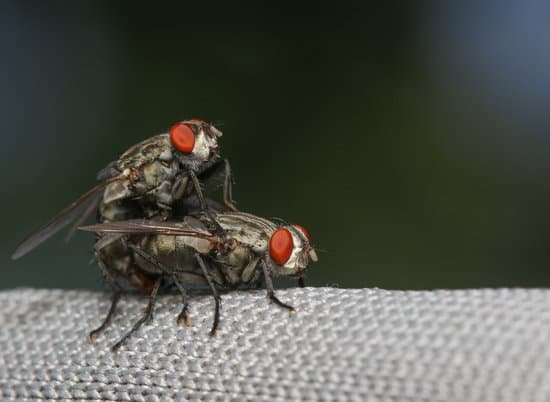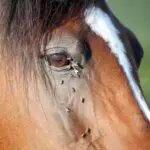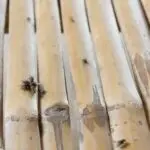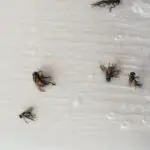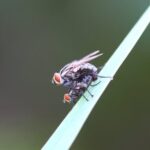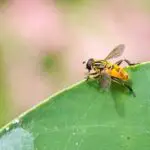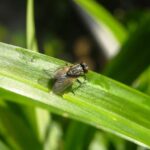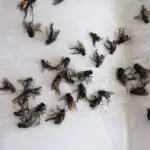How Do Flies Taste With Their Feet?
Did you know that flies have taste receptors on their feet? The bottom of their legs and feet have sensory hairs that allow them to taste different flavors. As a result, they begin sampling their food right after landing on an object. They’re constantly defecating, and their feet act as taste buds for their meal.
Many insects, including flies and butterflies, have taste buds on their feet. They use their feet to taste leaves, and sometimes even caterpillars! But most of what flies eat is liquid – nectar, fruit juice, and fluids from carcasses. This is because they have a long tongue, called a ‘proboscis,’ that works like a straw and helps them swallow liquids.
Flies don’t have teeth, so they cannot chew solid foods. Their mouthparts resemble a straw, and their digestive juices turn solid food into liquid. This is one of the main reasons they are attracted to pet waste, which has a strong odor. Flies can travel up to 20 miles to find food, so they’re often found in pet areas, compost heaps, and garbage cans.
In an effort to understand how flies taste food, scientists have studied the taste neurons in their legs. They found that they were divided into two distinct populations: those that project to the fly’s brain and those that project to its ventral nerve cord (a nerve that is similar to the spinal cord in humans). By blocking each population separately, the researchers were able to observe a drastic difference in behavior. The results show that the ventral nerve cord-projecting neurons play a significant role in feeding and in stopping the fly from stepping on food. Both functions are important for choosing food and choosing what sugars to eat.
